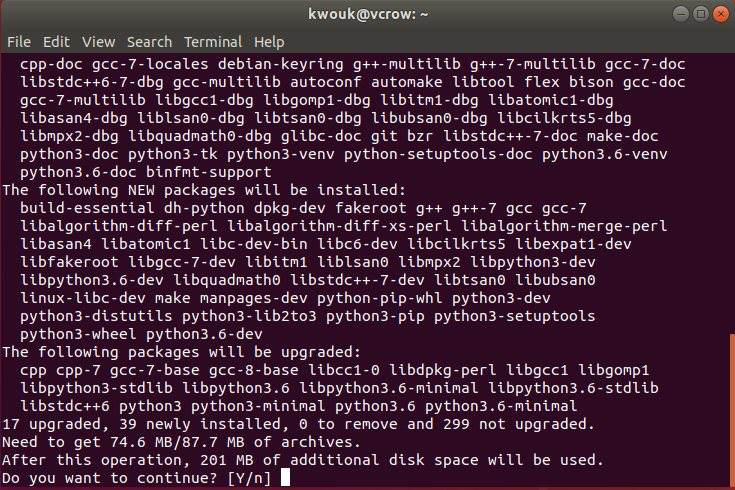We already know why you came to our new guide today. You would like to know specifically how to install PIP on Ubuntu, right? At Teknologya we have created an ad hoc tutorial explaining how to proceed.
PIP: what it is and what it is used for
PIP (an acronym for Python Installs Packages) allows you to easily install packages from the Python Package Index (PyPI), a software repository designed for the Python programming language. The PyPI helps to find and install software developed and shared by the community of Python. The PIP can also be used for other indexes but generally what you need can be found on PyPI.
PIP: which version to install
If you are already familiar with Python (a high-level, object-oriented programming language suitable for developing distributed applications, scripting, numerical computation and system testing), you will most likely know that Python 3 has been out for some time.
Due to the various changes made compared to version 2, many Linux distributions include both versions by default. For this reason there are two versions of PIP on the square.
The latest releases of Ubuntu only have Python 3 installed by default. So, if you need to use Python 2, you’ll need to install the latter as well. The PIP version required for your purpose also depends on the package you wish to install. In both cases, the process to be performed is particularly simple. In the next lines we will show you the steps to follow.

How to install PIP for Python 3 on Ubuntu
If you wish to install PIP for Python 3, then the first thing to do is to make sure that the package list is up to date. Open the terminal and run the command sudo apt update. This step will take some time, so make yourself comfortable and wait for it to complete.
Once this procedure has been performed correctly, it is possible to go directly to the actual installation of PIP. To do this, run the command sudo apt install python3-pip. Once this is done, confirm your willingness to install the packages and wait for the process to complete. In conclusion, verify that the package has been installed correctly by checking the version using the pip3 –version command.
How to install PIP for Python 2 on Ubuntu
If you intend to use Python 2 instead, then you need to install the appropriate version of PIP. If you don’t have Python version 2, don’t worry because it will be installed automatically along with PIP.
First of all, make sure the package list is always updated using the sudo apt update command. Once this is done, you can install PIP for Python 2 by typing the command sudo apt install python-pip. Confirm your will and wait for the installation to complete.
When finished, make sure that everything has been installed correctly by checking the version using the pip –version command.
PIP or APT: which one to use?
Usually the packages are available both via the Python Package Index and APT. In this case, it is better to continue installing through APT as it is easier and faster. Use PIP only if a package is not available via APT or you need to install a specific version.